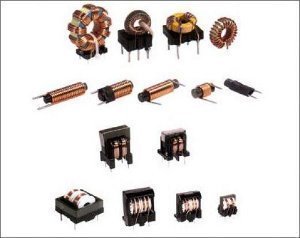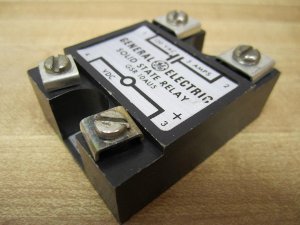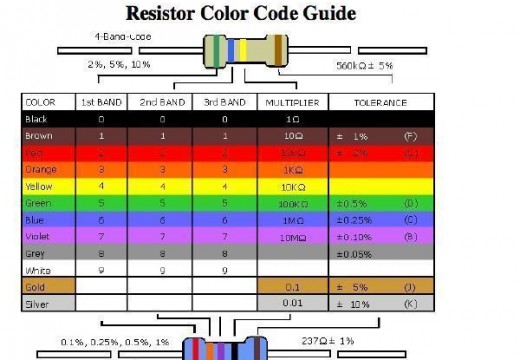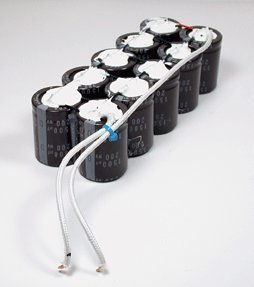Junction gate Field-Effect Transistor (JFET) is also known as JUGFET. The JFET is the most simple type of field effect transistor currently in use and has either voltage controlled resistance or an electronically controlled switch. When using a JFET, the electric charge flows in a semiconducting channel that is located between the source and drain terminals. When a bias voltage is applied to the gate terminal, the channel is pinched in order to switch off the electric current.
JFET History
Julius Lilienfeld was the first to discuss/predict the JFET in 1925 and he put a working theory of operation in place by the mid-1930’s. However, practical JFET construction was not possible until 1947 when John Bardeen, Walter Houser Brattain, and William Shockley discovered the enabling point-contact resistor. The first usable JFETs were created a number of years later.
What is the Function of the JFET?
The JFET is similar to a garden hose in that the constriction of the channel that carries the current controls the electricity flow through the JFET. The electric field that exists between the load and the source in the circuit impacts the current in a JFET. The JFET’s pinch-off voltage varies significantly depending on the type employed and the circuit’s source and drain. The JFET gate current, which is the reverse leakage of the gate-to-channel junction, is similar to a MOSFET but significantly less than a bipolar junction transistor. Since the JFET has a higher transconductance than a MOSFET, it is used in low-noise, high input-impedance op-amps.
Applications that Use the JFET
JFETs are designed for applications that have to have accurate signal acquisition and quick setting times. These include optical, microwave, and broadband communications systems, professional audio equipment, automated test equipment, high-speed data acquisition systems, and medical and electronic applications. Current industrial JFETs reduce signal distortion and provide high output current capacity in these systems, while driving overall impedance down in the applied circuit.




Follow Us!